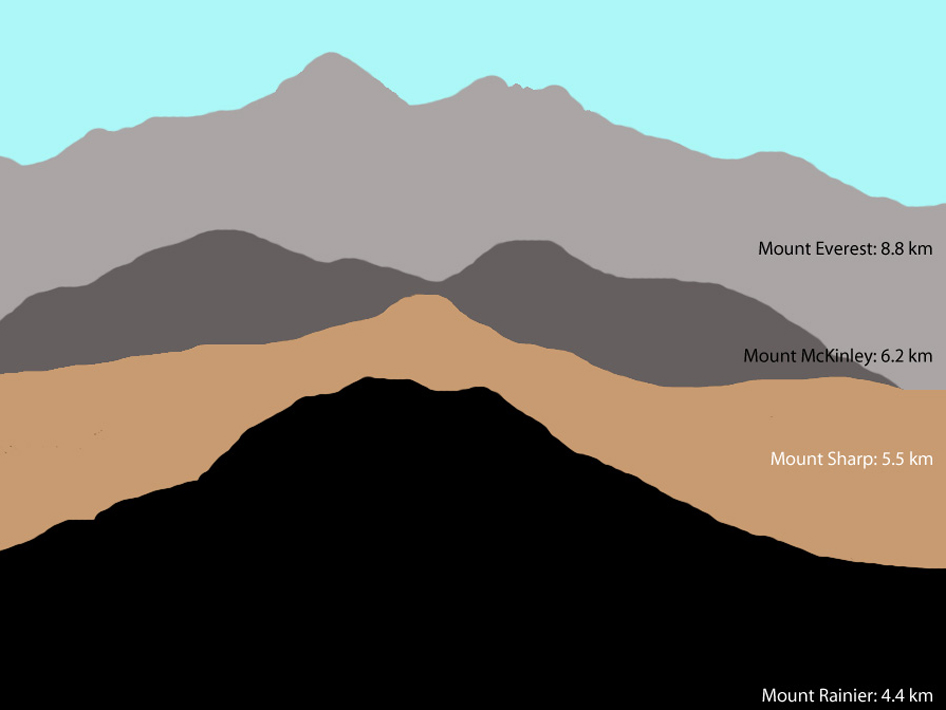
THE FUNCTION OF MOUNTAINS
The Qur'an draws attention to a very important geological function of
mountains.
{{ÓWe placed firmly embedded mountains on the earth,
so it would not move under them}}
(The Qur'an, 21:31)
As we have noticed, it is stated in the verse that mountains have the
function of preventing shocks in the Earth.
This fact was not known by anyone at the time the Qur'an was revealed.
It was in fact brought to light only recently as a result of the findings of modern
geology.
According to these findings, mountains emerge as a result of the
movements and collisions of massive plates forming the Earth's crust. When
two plates collide, the stronger one
slides under the other, the one on the
top bends and forms heights and
mountains. The layer beneath
proceeds under the ground and makes
a deep extension downward.
That
means that mountains have a portion
stretching downwards, as large as their
visible parts on the Earth.
In a scientific text, the structure of
mountains is described as follows:Where continents are thicker, as in mountain ranges, the crust sinks deeper into
the mantle.
In a verse, this role of the mountains is pointed out by a comparison with
"pegs":
{{ÓHave We not made the earth as a bed and
the mountains its pegs?}}
(The Qur'an, 78:6-7)
Mountains, in other words, clench the plates in the Earth's crust together
by extending above and beneath the Earth's surface at the conjunction points
of these plates. In this way, they fix the Earth's crust, and prevent it from
drifting over the magma stratum or among its plates. Briefly, we may liken
mountains to nails that keep pieces of wood together.
This fixing function of the mountains is described in scientific literature by
the term "isostasy". Isostasy means the following:
Isostasy: general equilibrium in the Earth's crust maintained by a yielding flow
of rock material beneath the surface under gravitational stress.5
This vital role of mountains, that was discovered by modern geology and
seismic research, was revealed in the Qur'an centuries ago as an example of the
supreme wisdom in God's creation.